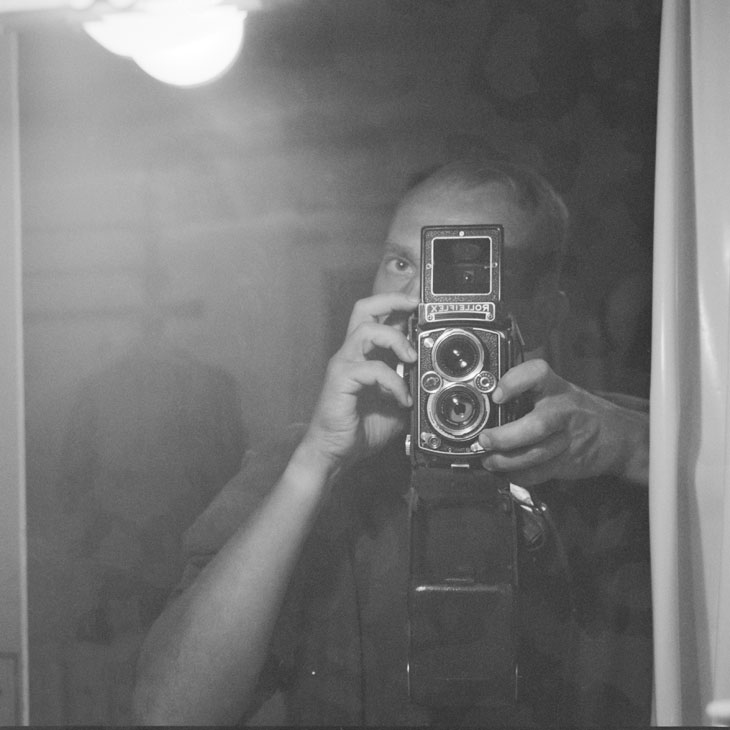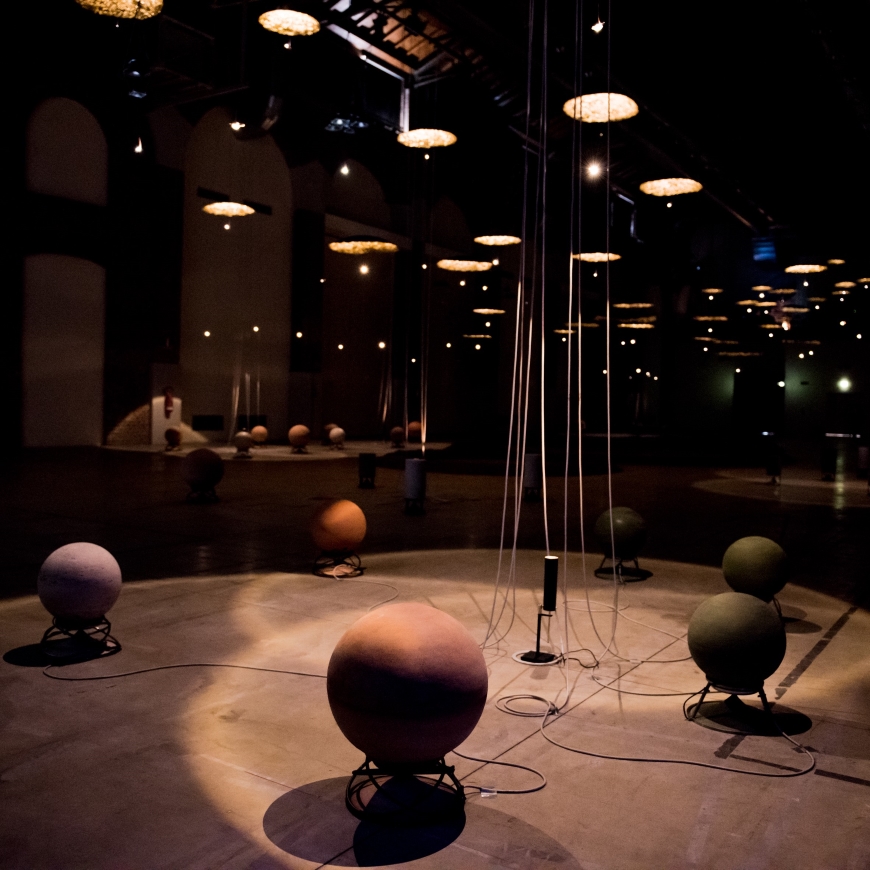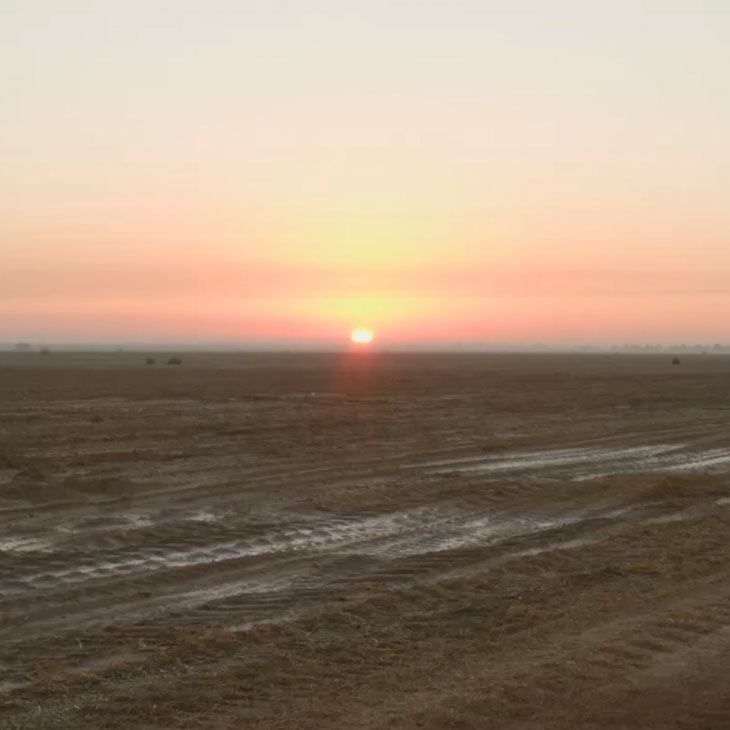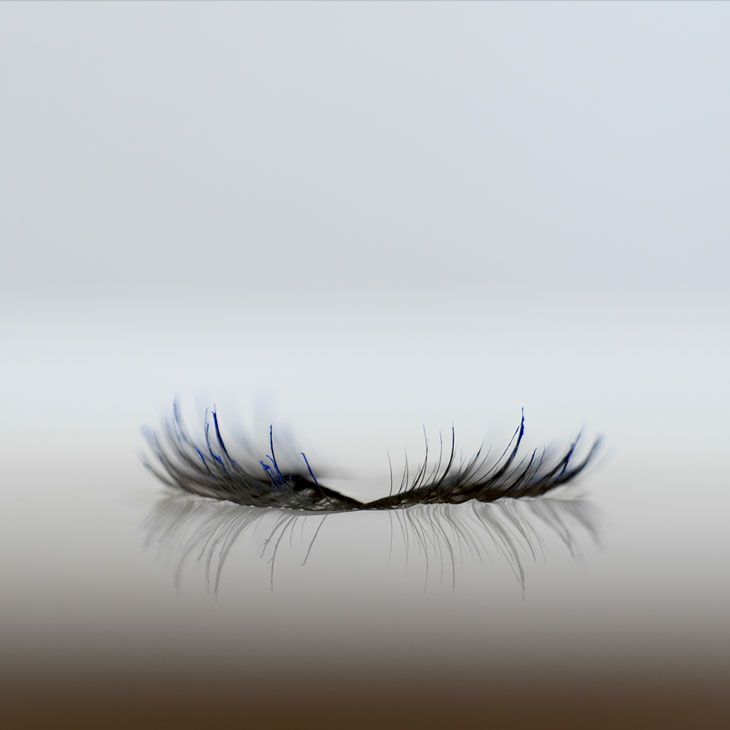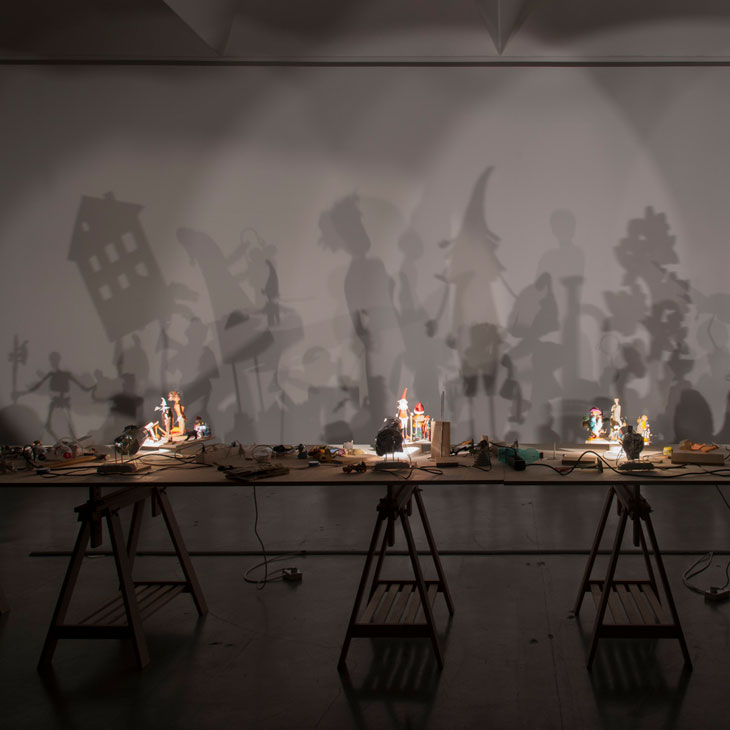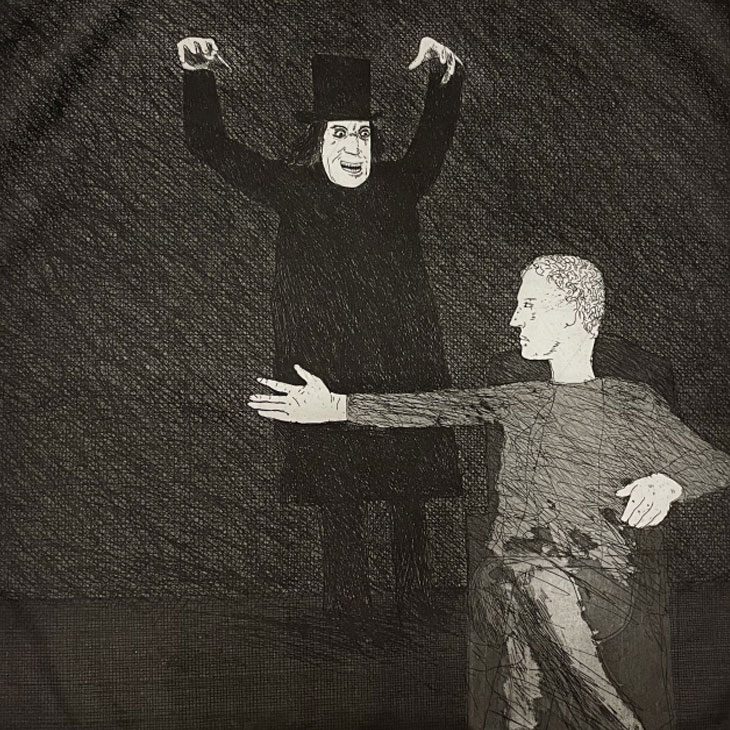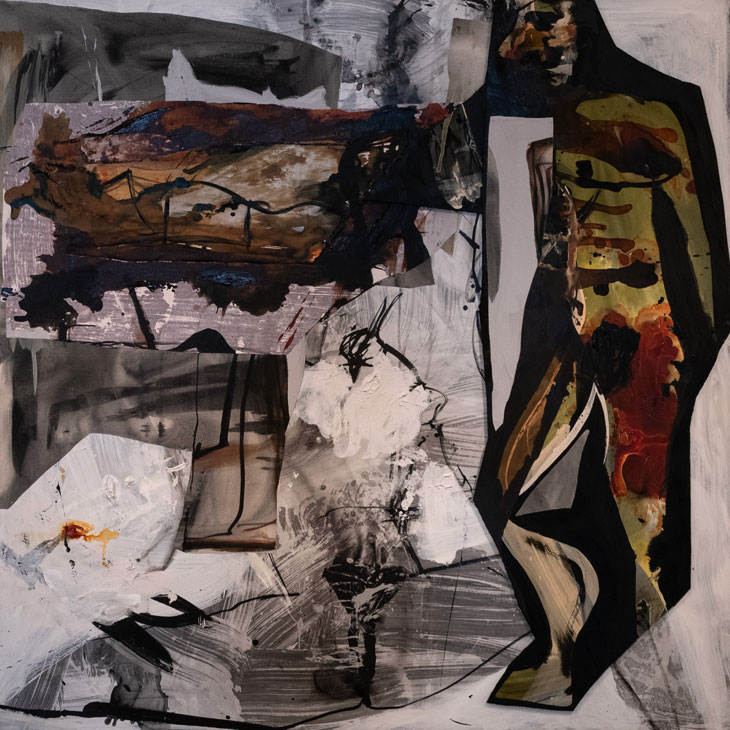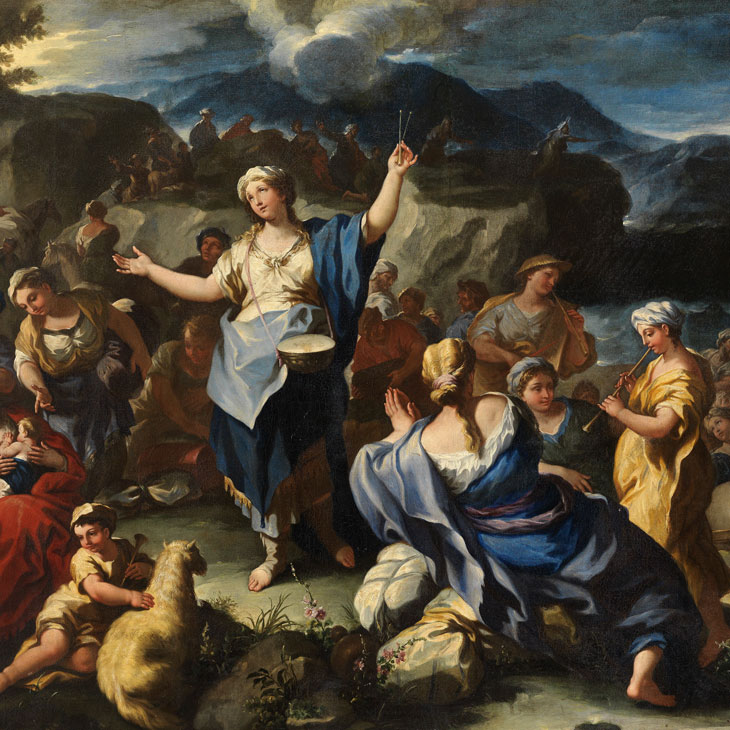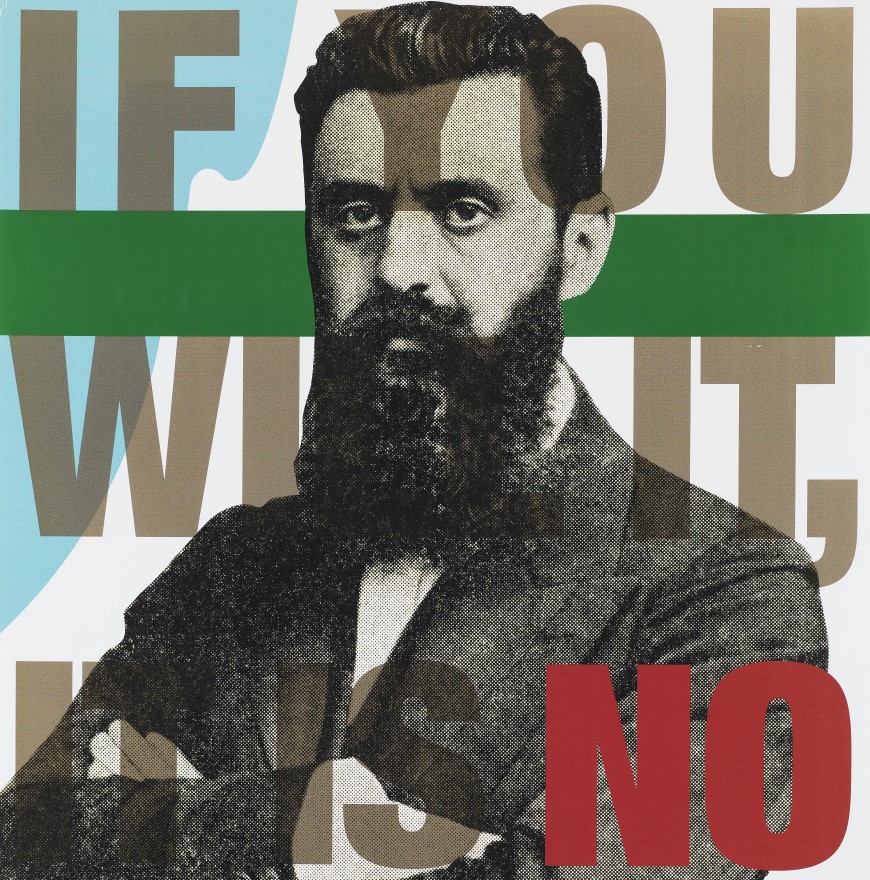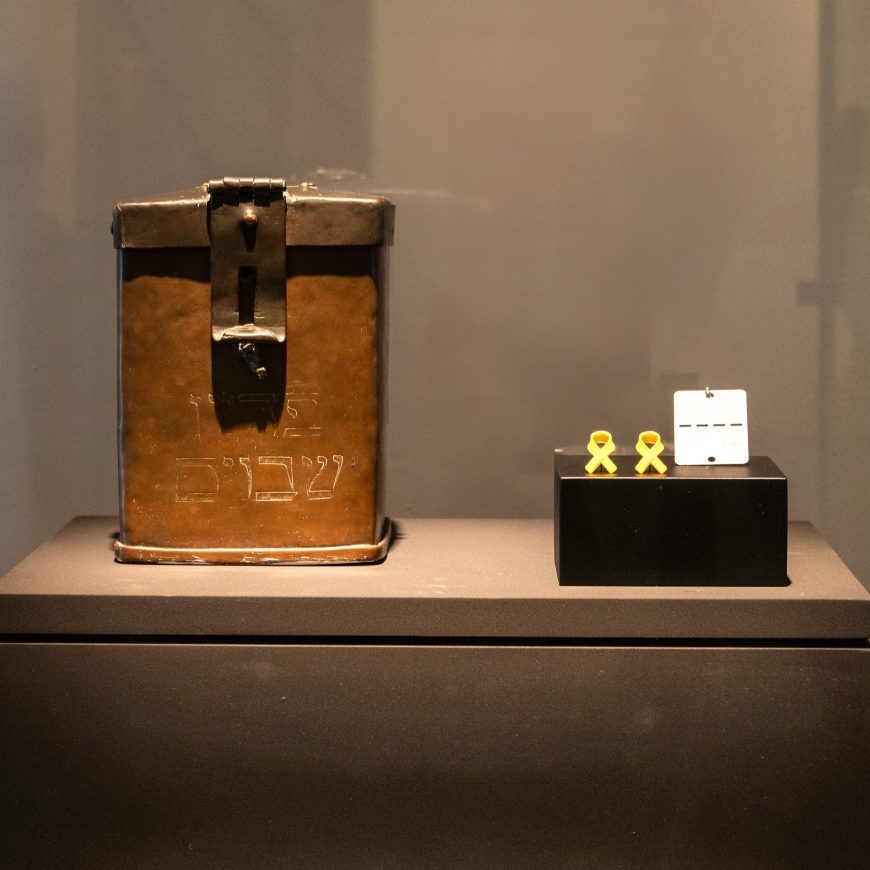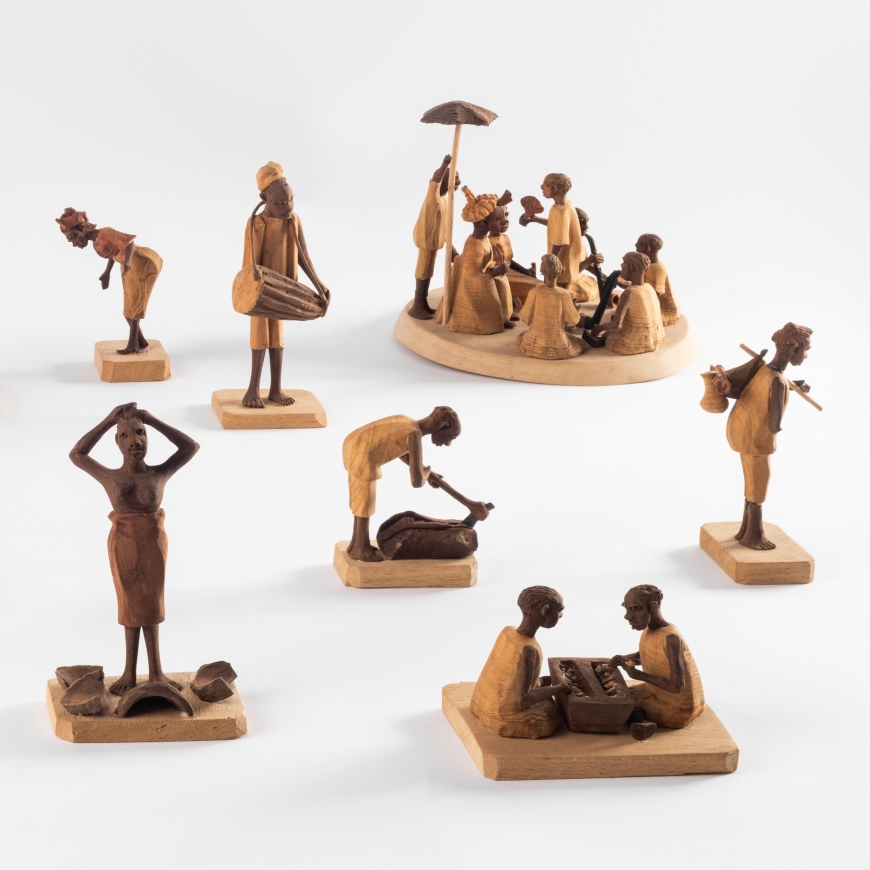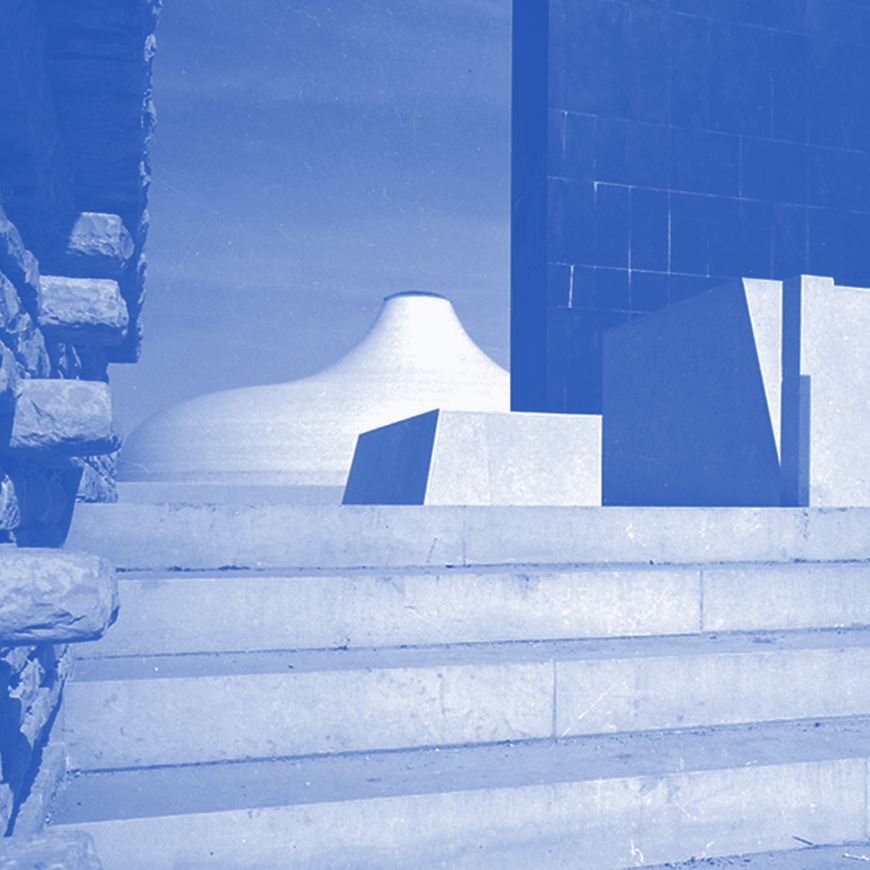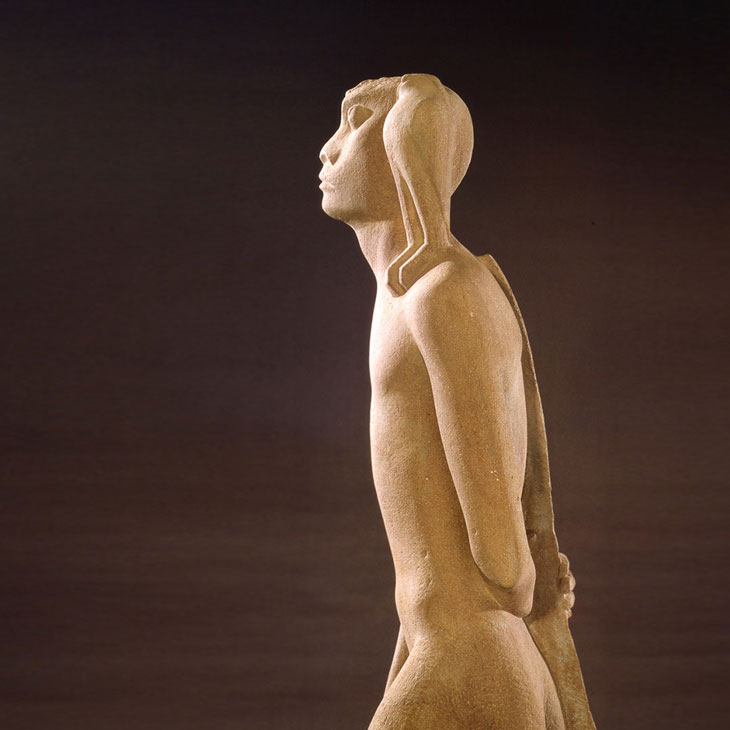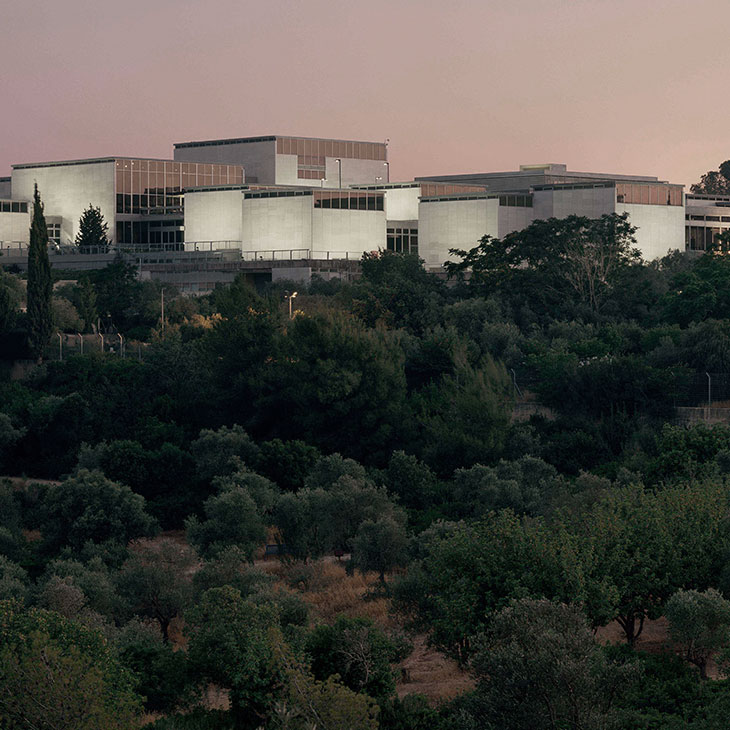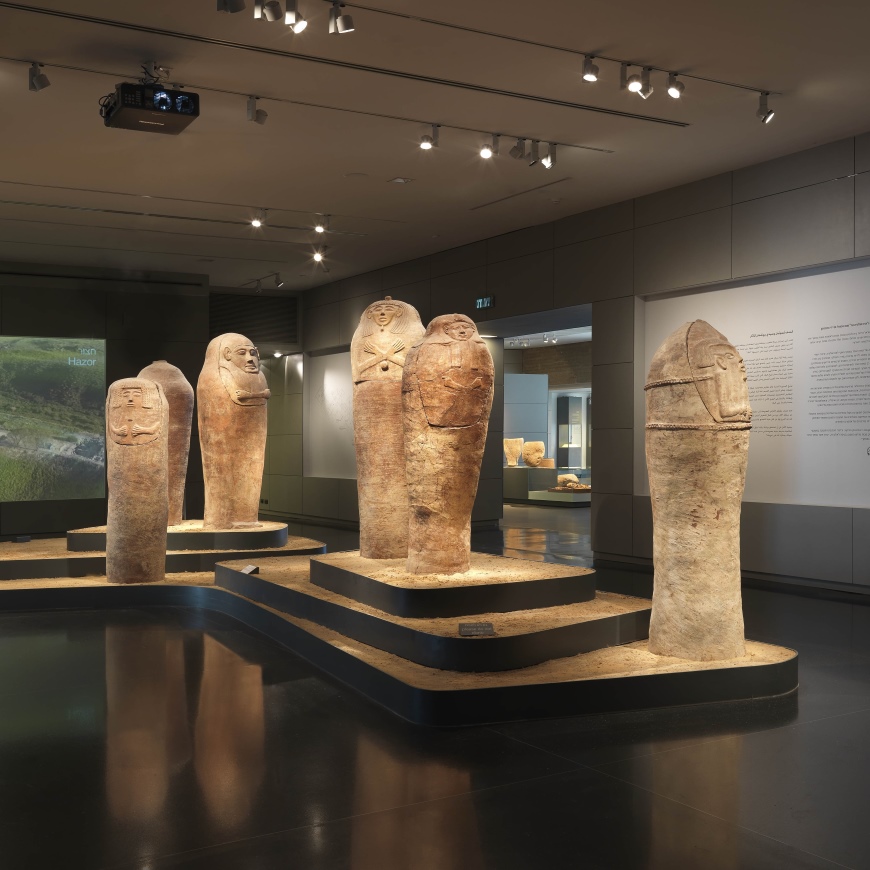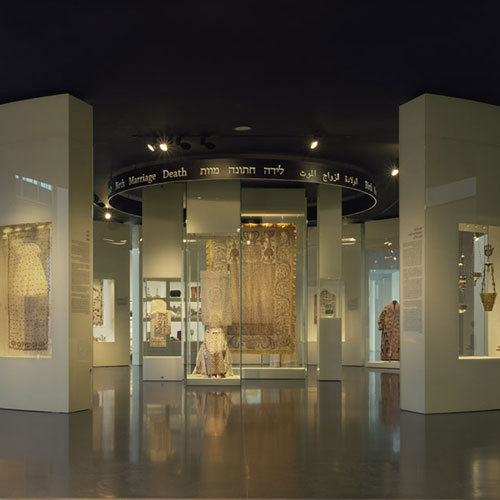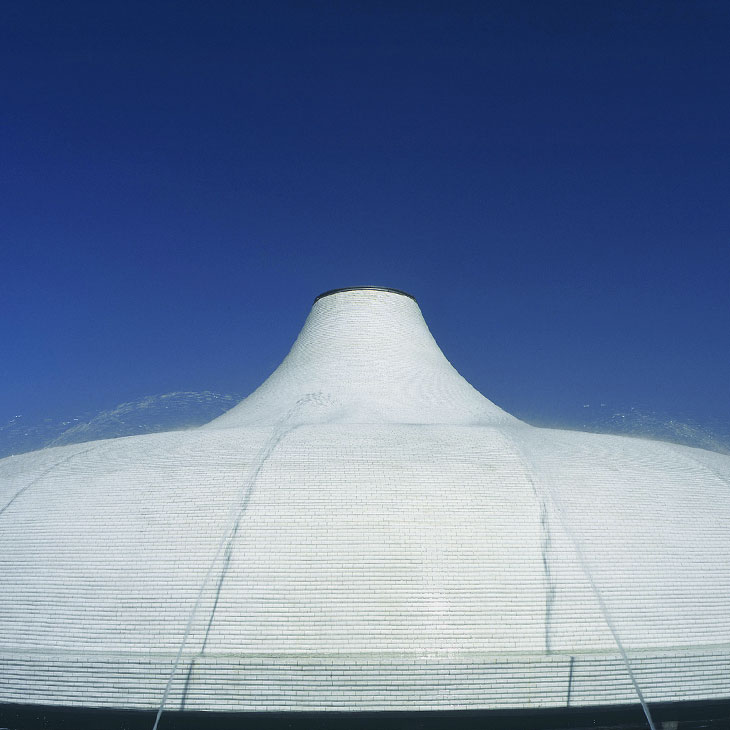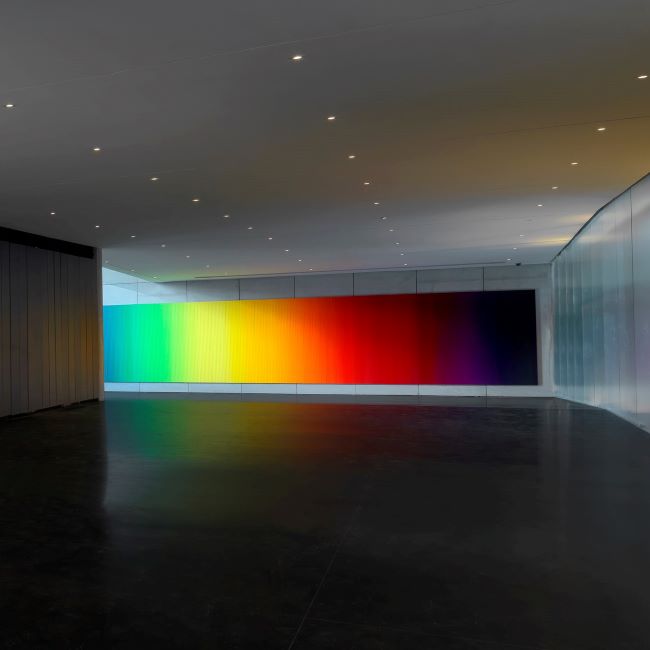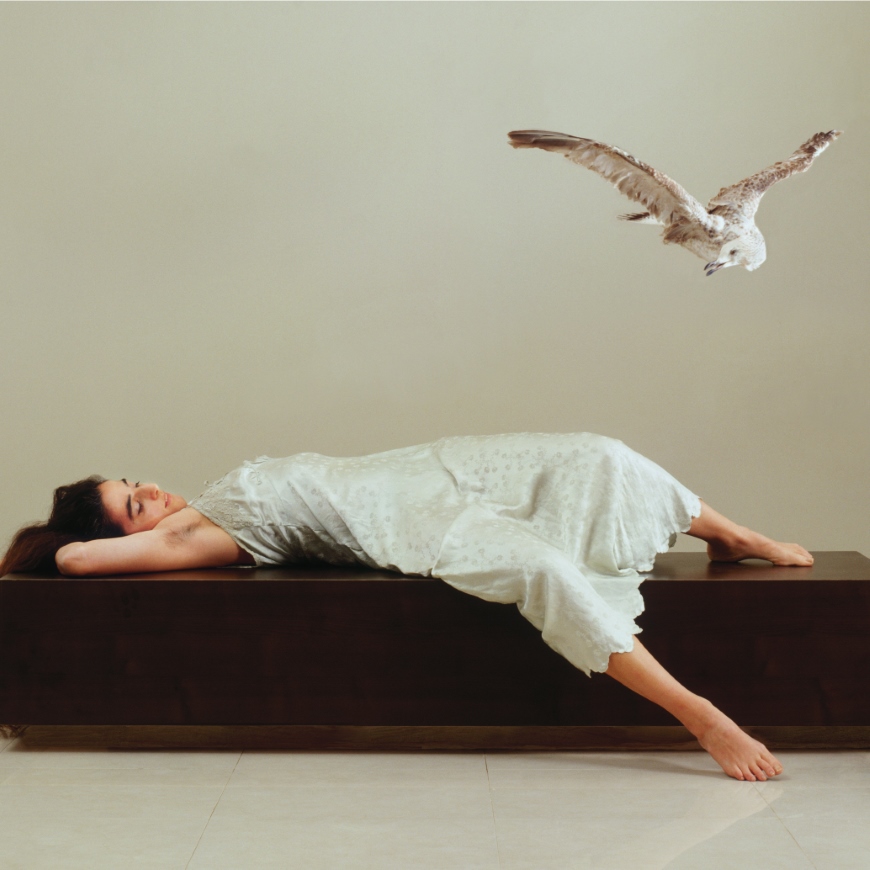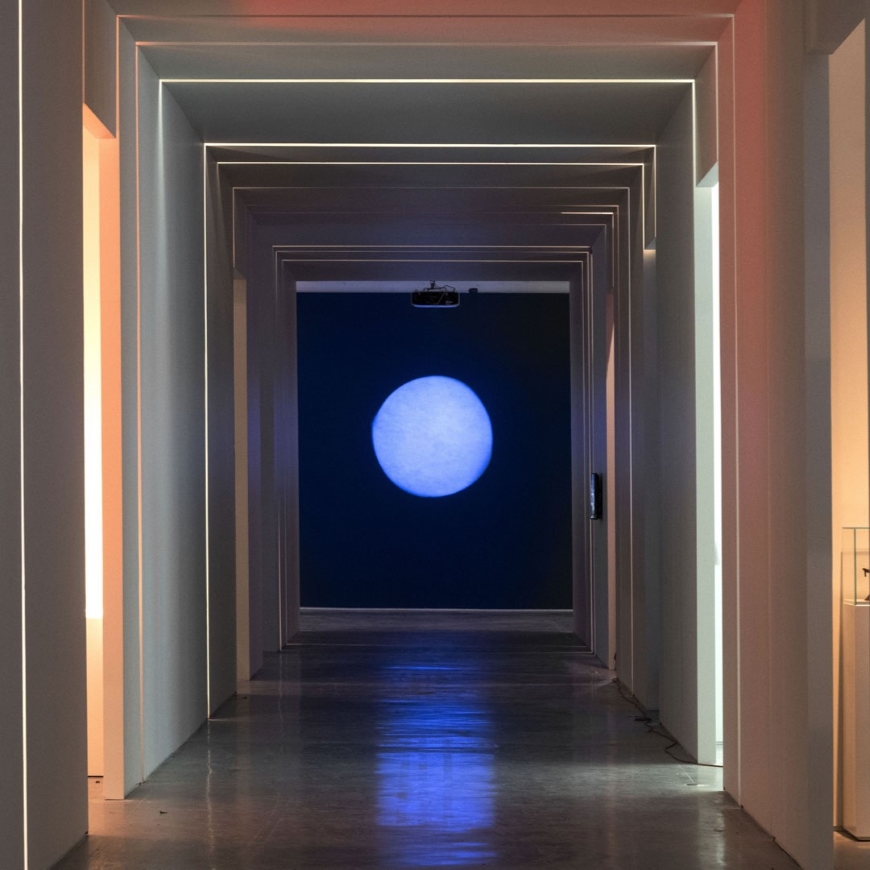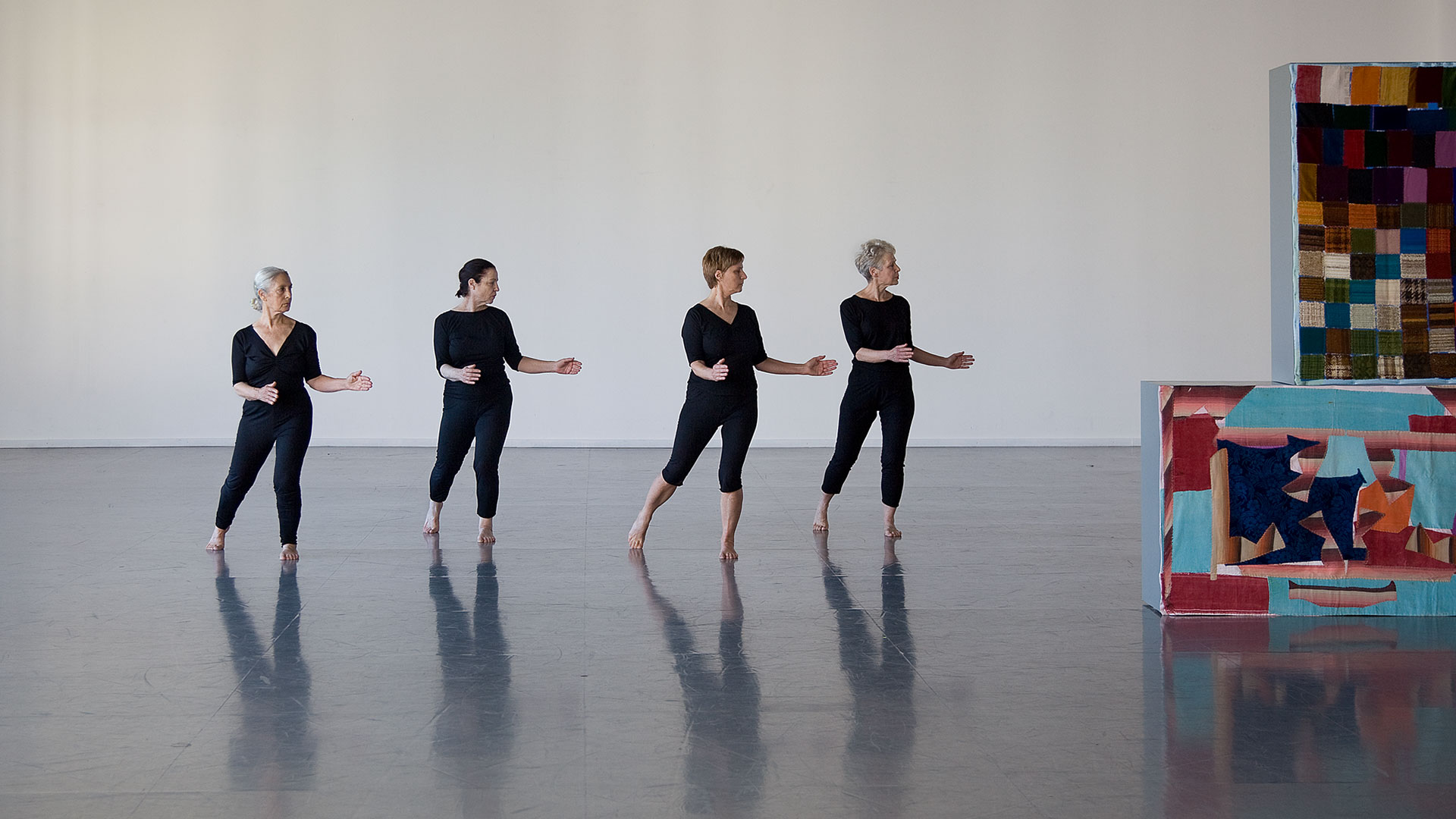
Sharon Lockhart | Noa Eshkol
-
December 13 2011 - April 14 2012
Curator: Talia Amar
-
drawings, posters, Video, Wall carpets
- : Sharon Lockhart
Based in Los Angeles, the internationally renowned American artist Sharon Lockhart works in photography and film, creating long-term projects based on intensive research, often in collaboration with communities. Her most recent project is a collaboration with members of the Noa Eshkol Foundation for Movement Notation in Holon, which is dedicated to preserving the legacy of the Israeli movement and dance theorist, dance composer, teacher, and textile artist Noa Eshkol. A complementary part of this project is presented at the Center for Contemporary Art in Tel Aviv. Born in Kibbutz Degania Bet, Noa Eshkol (1924-2007) is best known for developing in the 1950s, together with architect Avraham Wachman, the Eshkol-Wachman Movement Notation (EWMN) system. Using combinations of symbols and numbers to represent the spatial relationships between the parts of the body, both static and in motion, this groundbreaking system can describe virtually every perceptible movement of the body. Eshkol devoted her life to perfecting this system, which has been applied in several scientific and artistic fields as well as in dance. The dancers of Eshkol's ensemble, the Chamber Dance Group, worked to perfect the dances through daily movement and notation practice under her tutelage at her home-studio in Holon, now the EWMN Center. The Center houses an extensive archive of her drawings, original scores, and other materials. It also oversees a collection of large "wall carpets" she began making in 1973, during the Yom Kippur war, from scraps of fabric that she left untouched, arranging them into patterns which her dancers and friends then sewed onto backings. A selection of the archival materials and wall carpets is included in the exhibition.
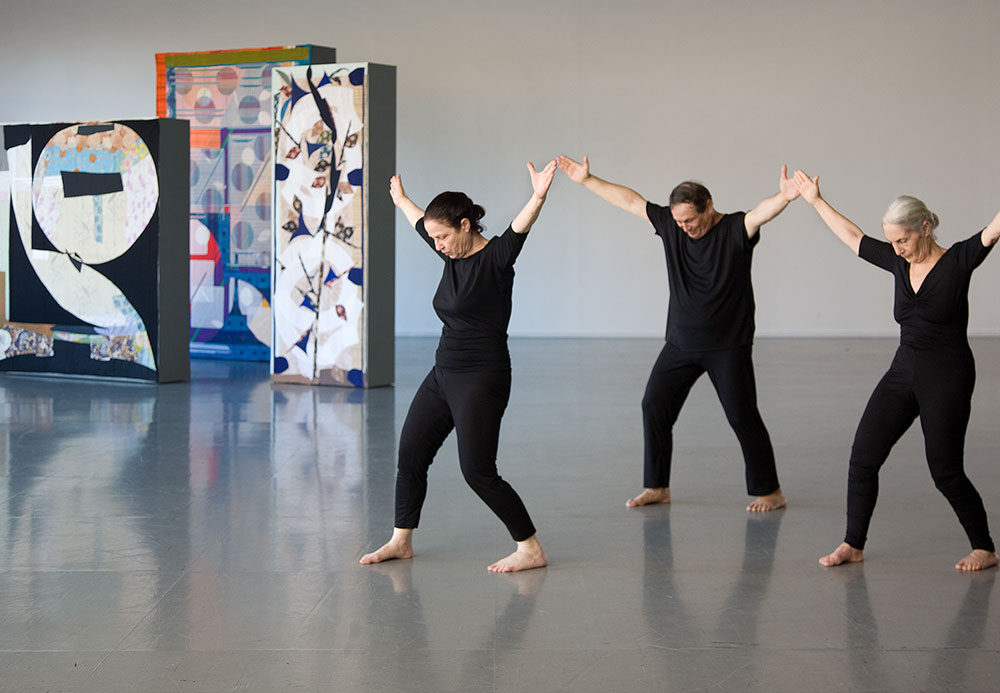
- May 01
- May 01
- Apr 26May 02May 03May 09May 10May 16May 17May 23May 24May 30May 31
- May 03May 10May 17May 24May 31
- Apr 21Apr 24Apr 28May 05May 08May 12May 15May 19May 22May 26May 29
- Apr 21Apr 28May 05May 12May 19May 26
- Apr 21Apr 24Apr 28May 05May 08May 12May 15May 19May 22May 26May 29
- Apr 22May 06
- May 06May 27
- May 06
- May 06
- May 06Jun 10
- May 08May 15May 15May 22May 29
- May 08May 15May 22May 29
- May 08May 15May 22May 29
- May 08
- Apr 24May 08May 15May 22May 29
